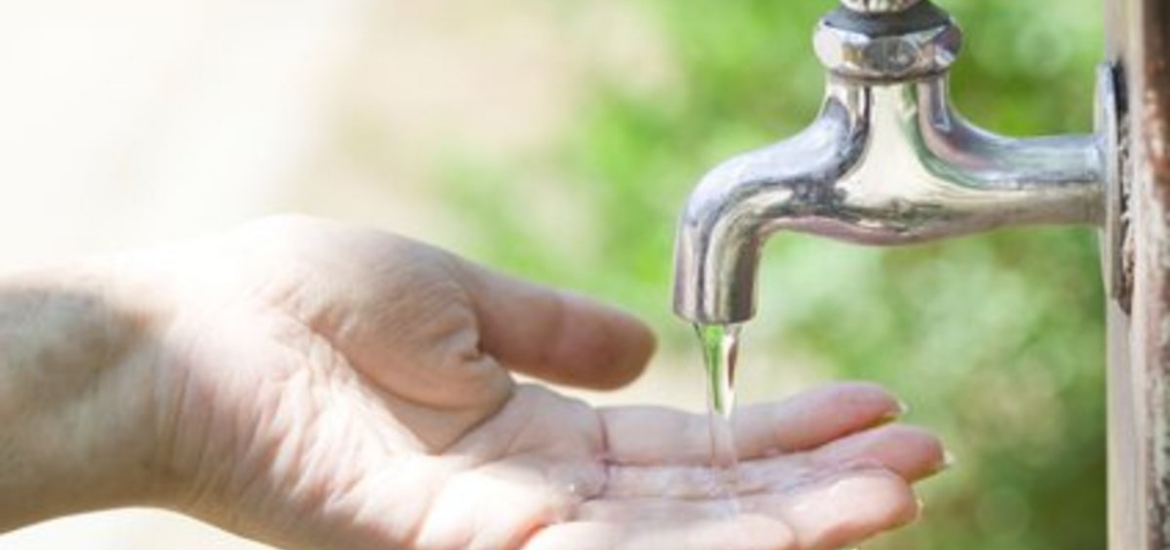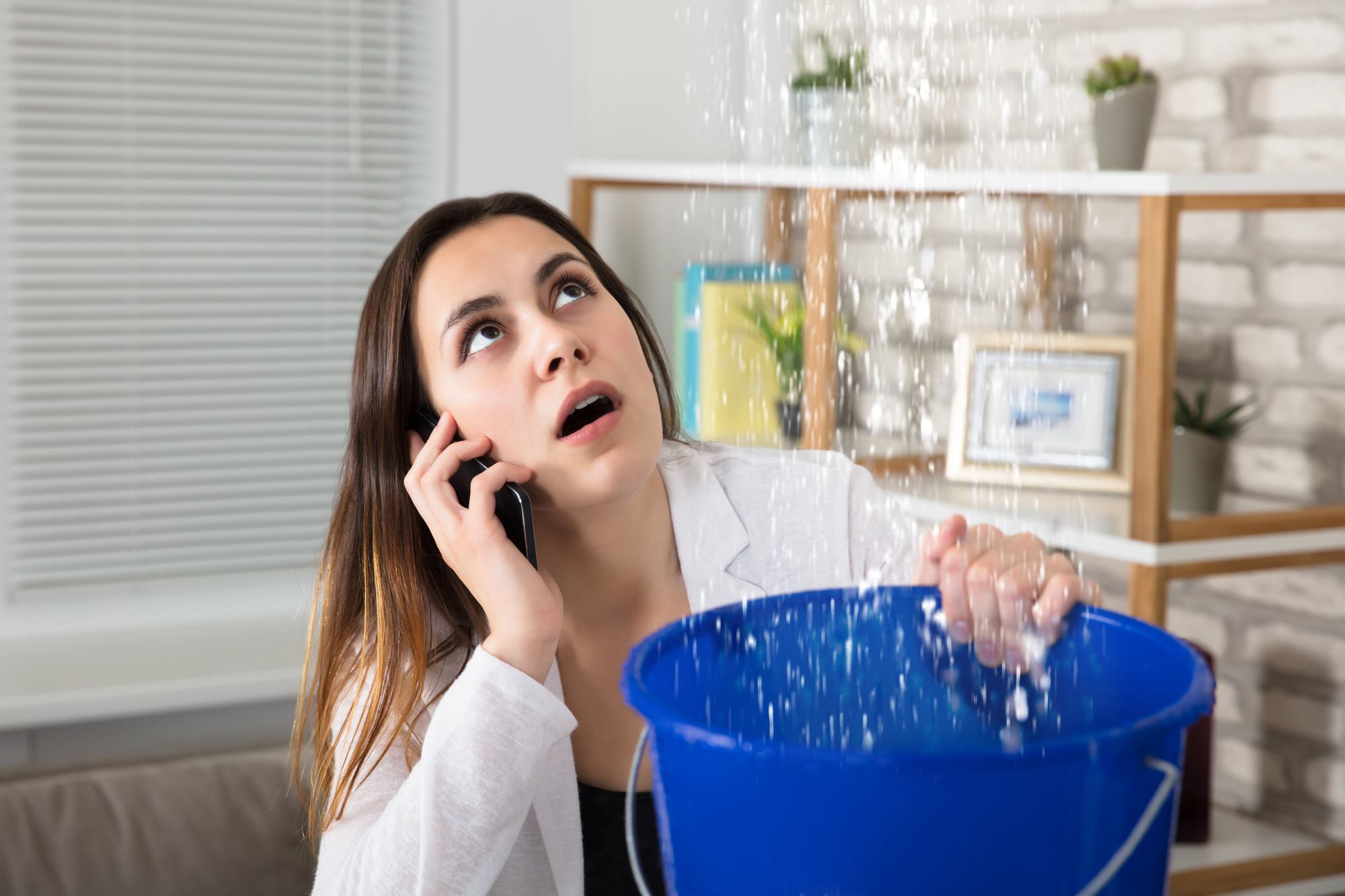If you're experiencing low water pressure in your kitchen sink, the first thing you should do is check the water supply valve. This valve controls the flow of water to your sink and can sometimes get accidentally turned off or partially closed, causing a decrease in water pressure. Make sure the valve is fully open and if it's not, adjust it accordingly. This simple fix may solve your water pressure issue.Check the water supply valve
The aerator, also known as the screen or filter, is located at the end of your faucet and helps regulate the flow of water. Over time, it can become clogged with debris and mineral deposits, leading to a decrease in water pressure. To clean it, unscrew the aerator from the end of the faucet and soak it in a mixture of equal parts water and vinegar for about an hour. Rinse it off and screw it back on. This should improve your water pressure.Clean the aerator
If your water pressure is low in just one specific sink, the issue may be a clog in the pipes. This can happen from a buildup of debris or mineral deposits. You can try using a plunger or a drain snake to clear the clog, or you may need to call a plumber for professional help. Regularly cleaning your pipes can help prevent this issue from occurring in the future.Check for clogs in the pipes
The faucet cartridge is a small valve that controls the flow of water in your faucet. Over time, it can become worn out or damaged, resulting in a decrease in water pressure. If you've tried other solutions and your water pressure is still low, it may be time to replace the faucet cartridge. You can purchase a new one from a hardware store and follow the manufacturer's instructions for installation.Replace the faucet cartridge
The water pressure regulator is a small device that controls the water pressure in your home. If it's not functioning properly, it can lead to high or low water pressure. You can check the water pressure by attaching a pressure gauge to an outdoor faucet. If the pressure is above or below the recommended range, you may need to adjust or replace the regulator.Check the water pressure regulator
If your water pressure is low in all faucets, the issue may be with your water heater. Sediment and mineral deposits can build up in the tank, causing a decrease in water pressure. You may need to flush out the tank or call a plumber for professional help. Regular maintenance of your water heater can help prevent this problem.Inspect the water heater
Leaks in your pipes can also cause low water pressure. Even small leaks can result in a significant decrease in water pressure over time. Inspect your pipes for any signs of leaks, such as damp spots or puddles, and repair them as soon as possible. This will not only improve your water pressure but also prevent potential water damage to your home.Check for leaks in the pipes
The sink strainer, also known as the drain basket, is located in the bottom of your sink and helps catch debris and prevent clogs. Over time, it can become clogged itself, leading to a decrease in water pressure. Remove the strainer and clean it out thoroughly to improve water flow. You can also use a mixture of baking soda and vinegar to help remove any stubborn buildup.Clean the sink strainer
If you're experiencing low water pressure in just one specific faucet, it's a good idea to check the water pressure in other faucets in your home. If the pressure is low in all of them, the issue may be with your water supply rather than the faucet itself. Contact your water company to see if there are any known issues in your area.Check the water pressure in other faucets
If you've tried all of the above solutions and your water pressure is still low, it may be time to call a plumber for professional help. They can inspect your plumbing system and identify any underlying issues that may be causing the low water pressure. They can also provide solutions and repairs to get your water pressure back to normal.Call a plumber for professional help
The Importance of Proper Water Pressure in Your Kitchen Sink

Why a Low Water Pressure Can Be a Major Problem
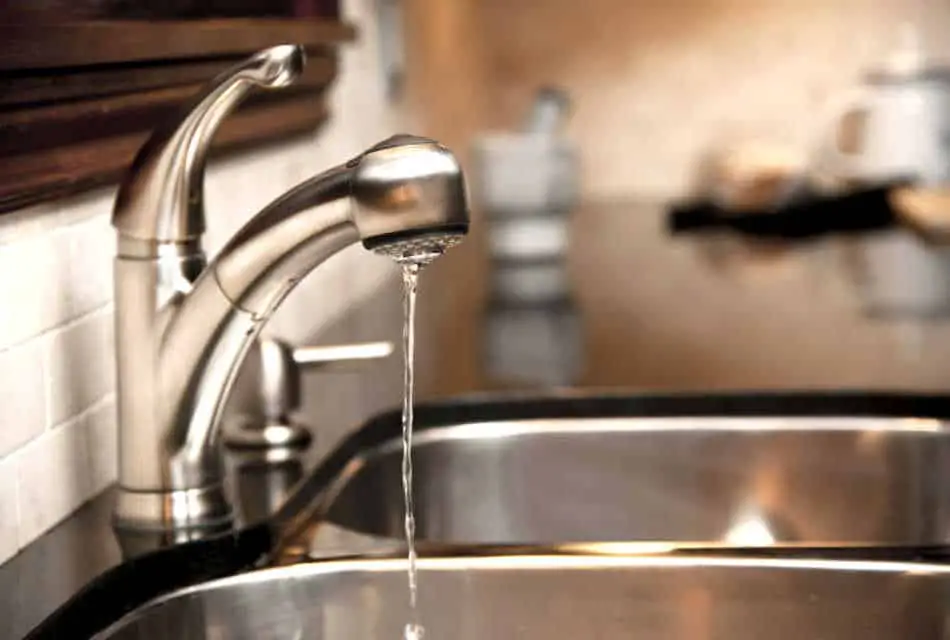 Low water pressure is a common issue that many homeowners face in their kitchen sink. It can be frustrating and inconvenient, making simple tasks like washing dishes or filling up a pot take longer than necessary. But beyond just being an inconvenience, low water pressure in your kitchen sink can also be a sign of a larger problem with your home's plumbing system.
One of the main causes of low water pressure in the kitchen sink is a clogged or damaged pipe. Over time, pipes can become clogged with mineral deposits, debris, or even tree roots, which restricts the flow of water. This can also lead to leaks and further damage to your plumbing system if not addressed promptly. Additionally, a damaged or old pipe can also cause low water pressure, as it may not be able to withstand the pressure needed to deliver a steady flow of water.
Low water pressure is a common issue that many homeowners face in their kitchen sink. It can be frustrating and inconvenient, making simple tasks like washing dishes or filling up a pot take longer than necessary. But beyond just being an inconvenience, low water pressure in your kitchen sink can also be a sign of a larger problem with your home's plumbing system.
One of the main causes of low water pressure in the kitchen sink is a clogged or damaged pipe. Over time, pipes can become clogged with mineral deposits, debris, or even tree roots, which restricts the flow of water. This can also lead to leaks and further damage to your plumbing system if not addressed promptly. Additionally, a damaged or old pipe can also cause low water pressure, as it may not be able to withstand the pressure needed to deliver a steady flow of water.
The Impact of Low Water Pressure on Your Daily Routine
 Having low water pressure in your kitchen sink can significantly impact your daily routine. Aside from making simple tasks more time-consuming, it can also affect the quality and effectiveness of your cleaning. For example, low water pressure can make it difficult to properly rinse off soap or cleaning products, leaving behind residue and causing potential damage to dishes and surfaces. It can also make it challenging to fill up larger pots or containers, making cooking and meal prep more difficult.
Furthermore, low water pressure can also be a warning sign of a more significant issue with your home's plumbing system. Ignoring the problem can lead to more significant and costly repairs in the future. Therefore, it is essential to address low water pressure in your kitchen sink promptly and effectively.
Having low water pressure in your kitchen sink can significantly impact your daily routine. Aside from making simple tasks more time-consuming, it can also affect the quality and effectiveness of your cleaning. For example, low water pressure can make it difficult to properly rinse off soap or cleaning products, leaving behind residue and causing potential damage to dishes and surfaces. It can also make it challenging to fill up larger pots or containers, making cooking and meal prep more difficult.
Furthermore, low water pressure can also be a warning sign of a more significant issue with your home's plumbing system. Ignoring the problem can lead to more significant and costly repairs in the future. Therefore, it is essential to address low water pressure in your kitchen sink promptly and effectively.
How to Improve Water Pressure in Your Kitchen Sink
 Fortunately, there are several ways to improve water pressure in your kitchen sink. The first step is to identify the cause of the low pressure. If it is a clogged pipe, a plumber can use specialized tools to clear out the blockage and restore proper water flow. In the case of a damaged pipe, it may need to be replaced entirely.
Another solution is to install a water pressure booster, which can increase the water pressure in your entire home, including your kitchen sink. This is a more long-term and efficient solution, especially if your home has consistently low water pressure.
In conclusion, having proper water pressure in your kitchen sink is crucial for your daily routine and the health of your home's plumbing system. If you are experiencing low water pressure, it is essential to address it promptly and seek professional help if needed. By doing so, you can ensure that your kitchen sink and the rest of your home's plumbing system function efficiently and effectively.
Fortunately, there are several ways to improve water pressure in your kitchen sink. The first step is to identify the cause of the low pressure. If it is a clogged pipe, a plumber can use specialized tools to clear out the blockage and restore proper water flow. In the case of a damaged pipe, it may need to be replaced entirely.
Another solution is to install a water pressure booster, which can increase the water pressure in your entire home, including your kitchen sink. This is a more long-term and efficient solution, especially if your home has consistently low water pressure.
In conclusion, having proper water pressure in your kitchen sink is crucial for your daily routine and the health of your home's plumbing system. If you are experiencing low water pressure, it is essential to address it promptly and seek professional help if needed. By doing so, you can ensure that your kitchen sink and the rest of your home's plumbing system function efficiently and effectively.
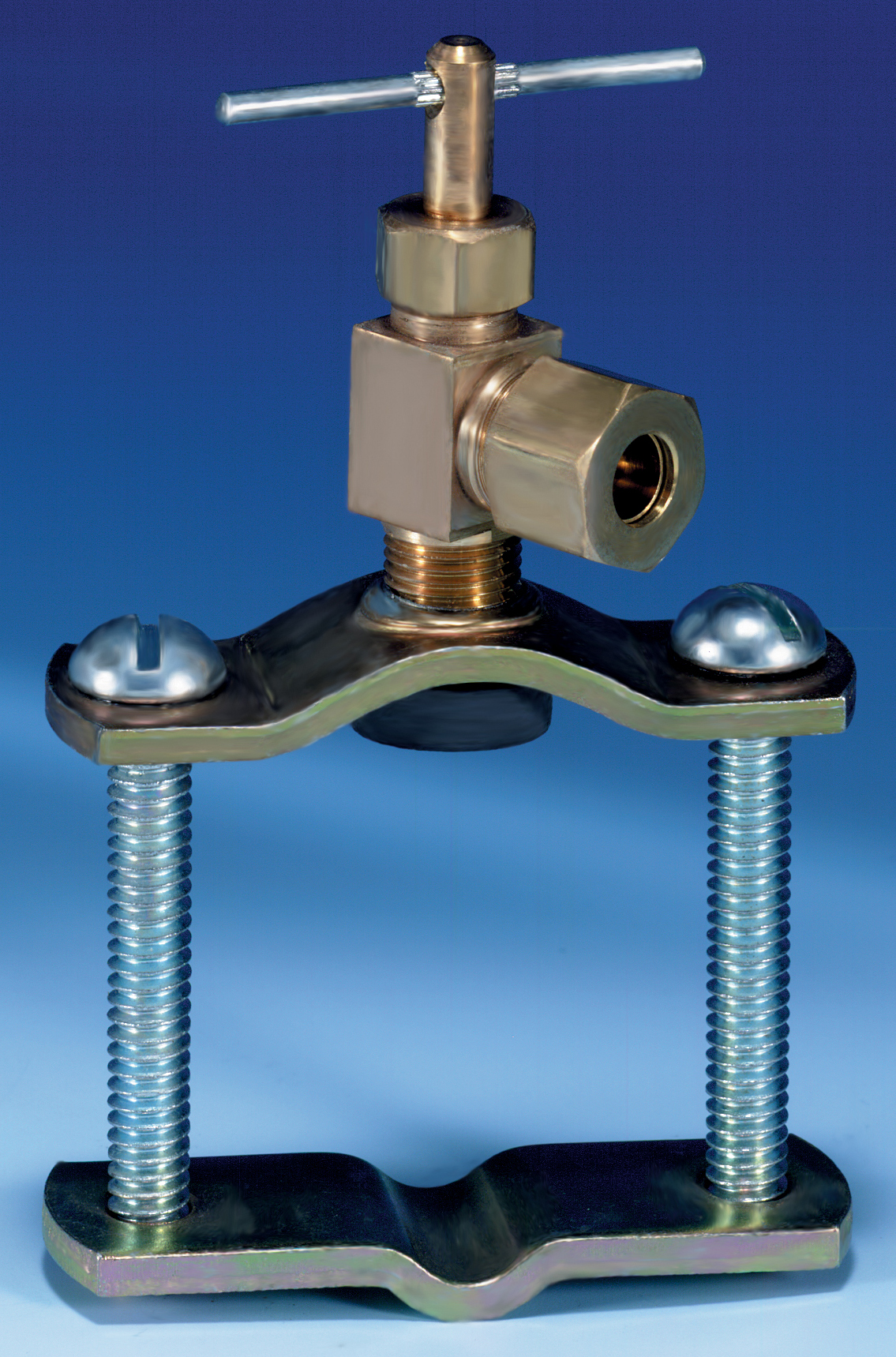





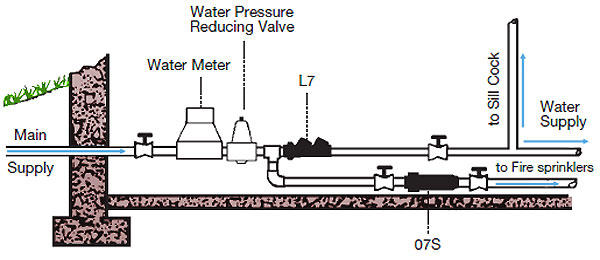
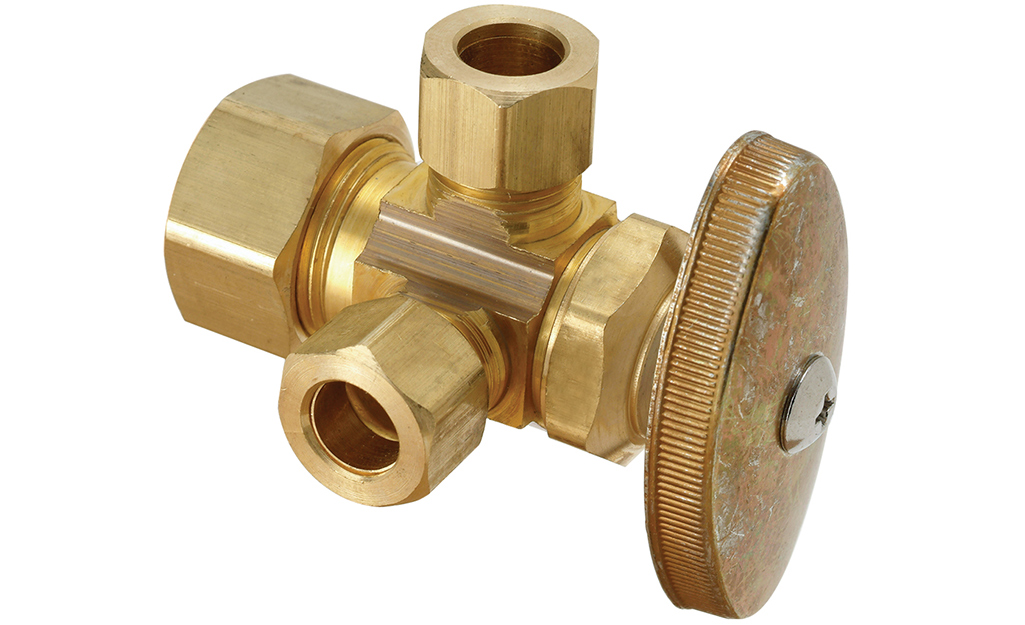
:max_bytes(150000):strip_icc()/ac7-56a73c5b3df78cf772938985.jpg)

:max_bytes(150000):strip_icc()/ac9-56a73c5b3df78cf77293898a.jpg)
/cleaning-the-aerator-from-deposits--the-girl-hand-washes-a-dirty-limestone-aerator-with-water-1126244919-72868100964f42d5aa564a928371fea5.jpg)
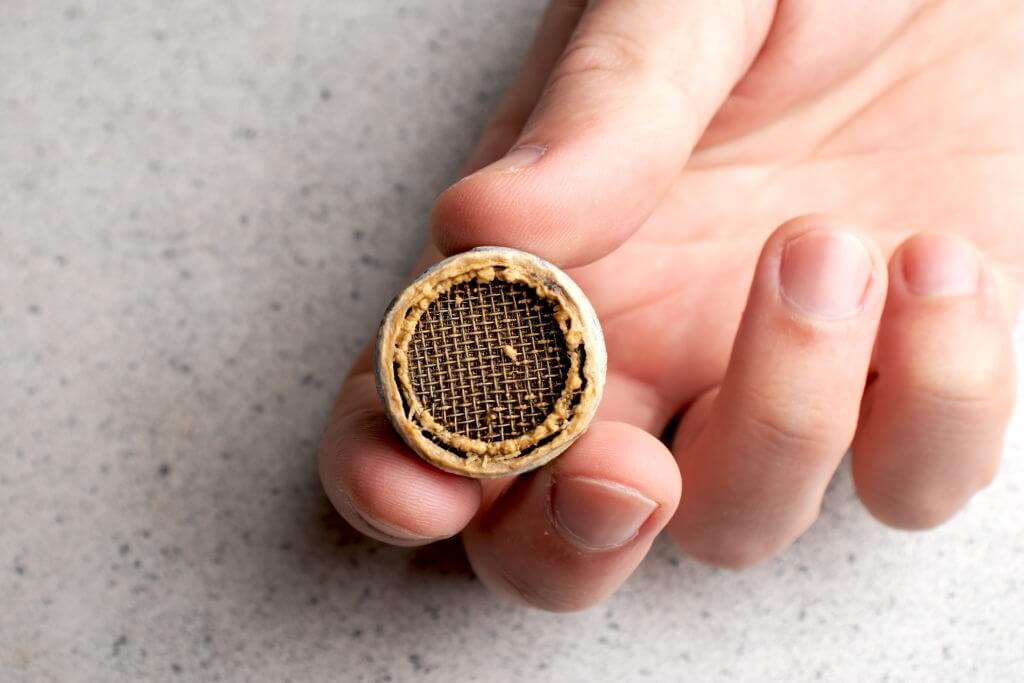
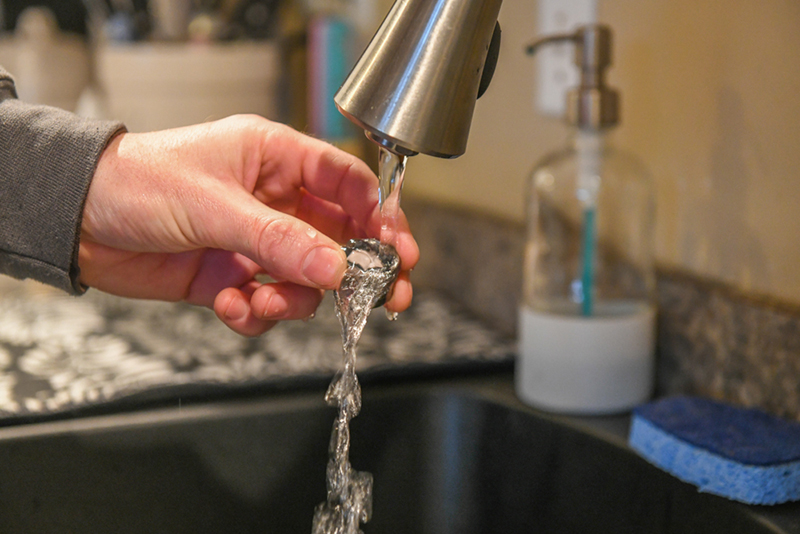
:max_bytes(150000):strip_icc()/clearing-a-blocked-faucet-aerator-2718807-07-b5a90554991f4bb69efb45a472df7f23.jpg)

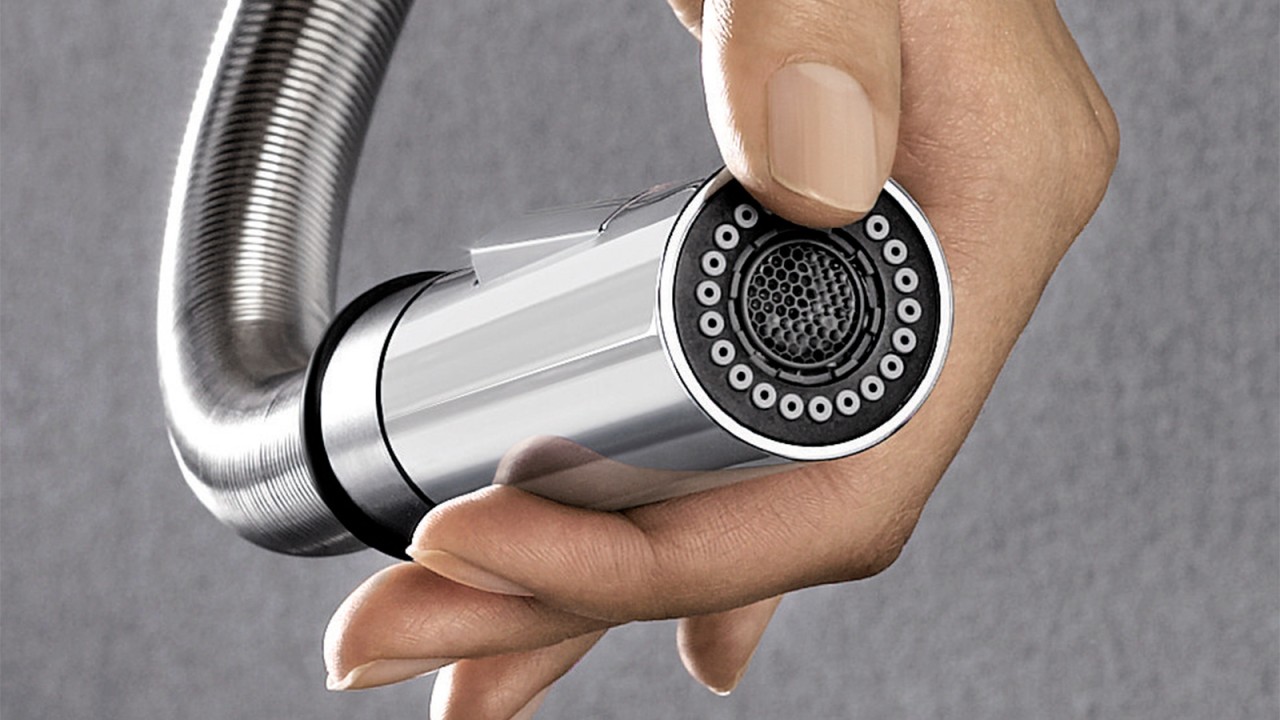














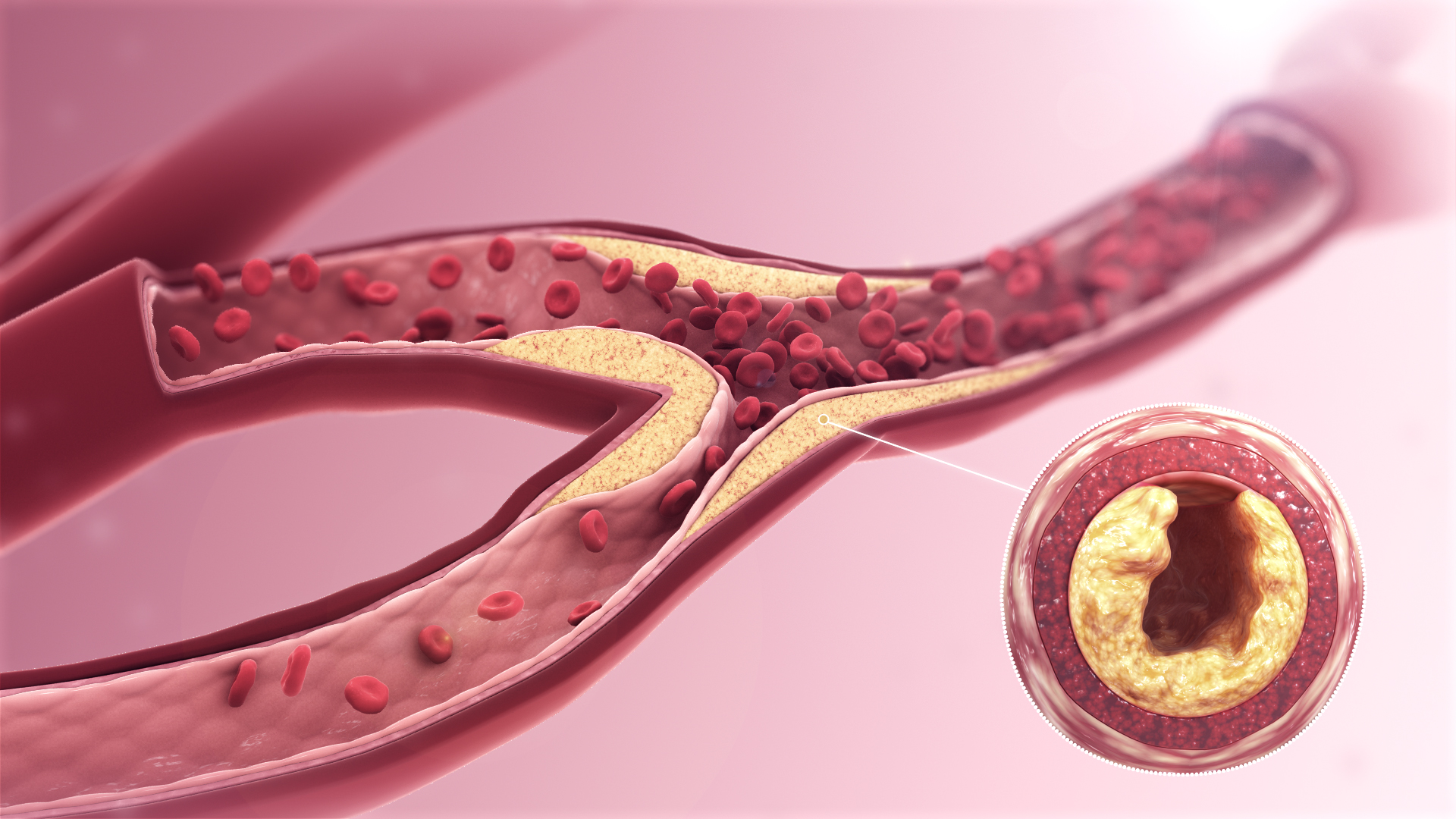
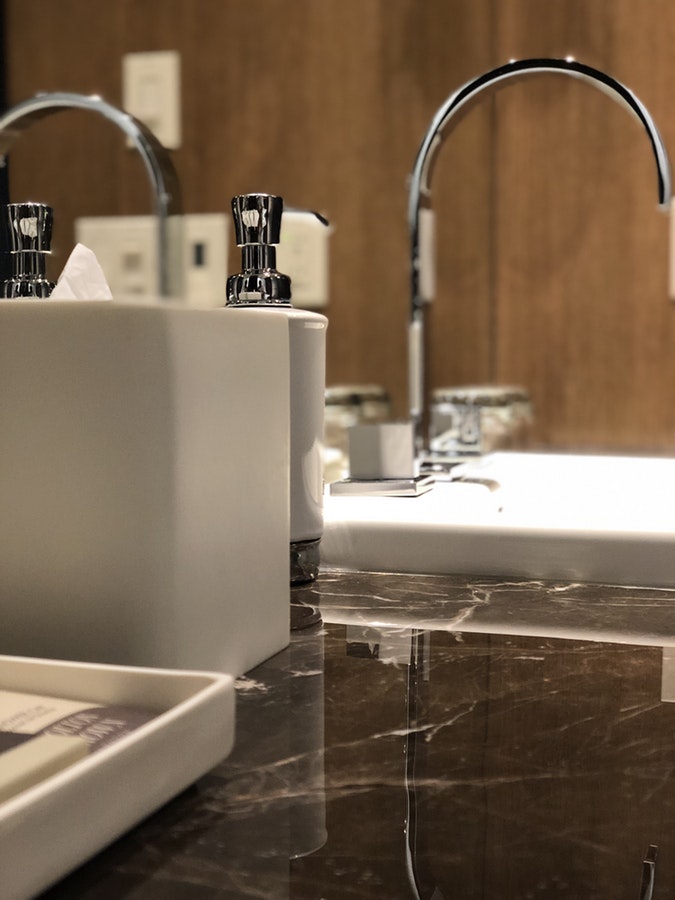










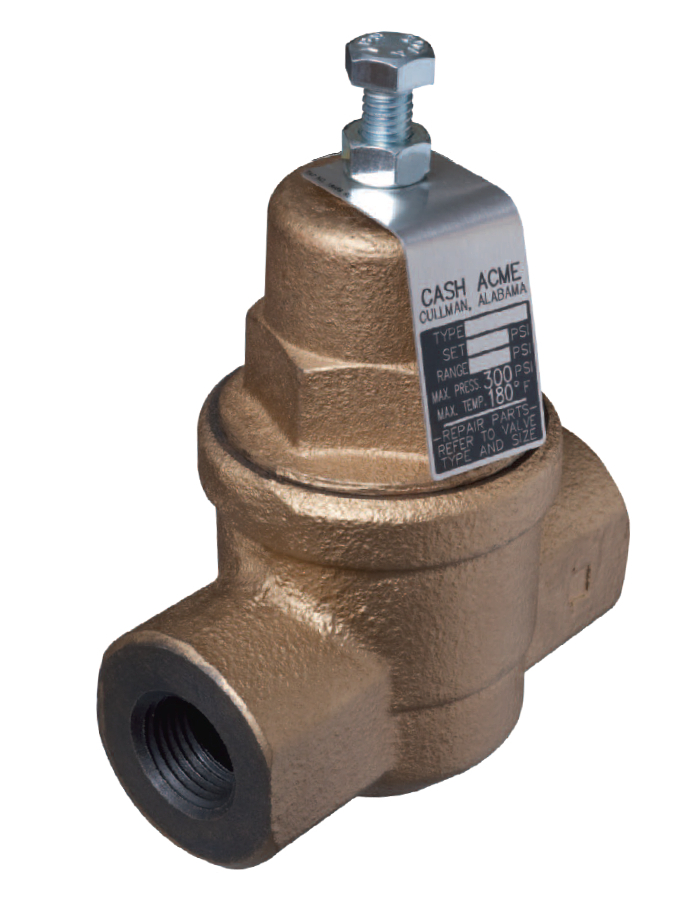
:max_bytes(150000):strip_icc()/the-men-s-hand-opens-the-ball-valve-on-the-collector-1006810456-5c5fc73fc9e77c000159c4af.jpg)






:max_bytes(150000):strip_icc()/testing-water-pressure-in-your-home-2718692-04-c37ab3236d0d4b61b87079ebf9ef823e.jpg)



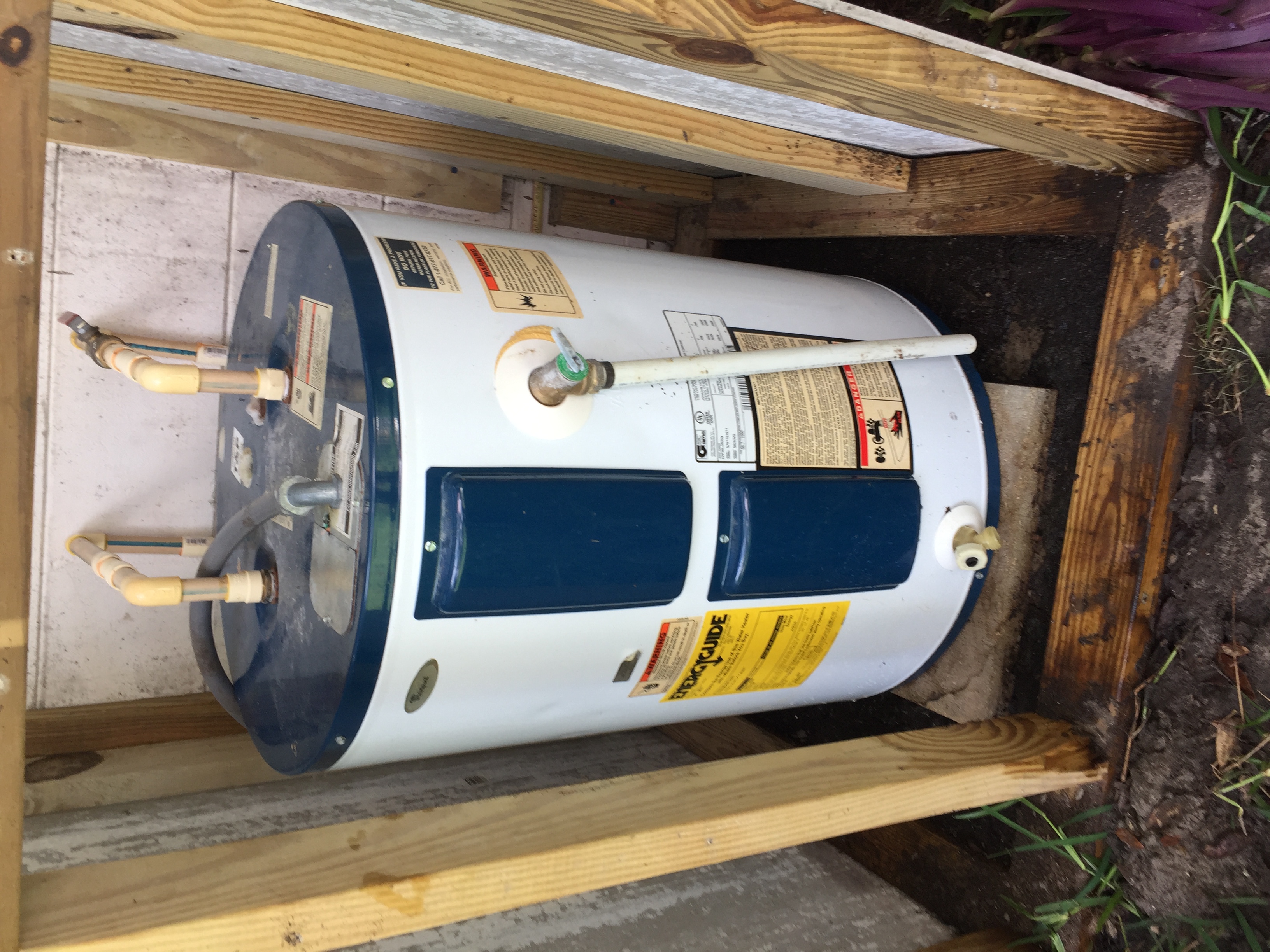
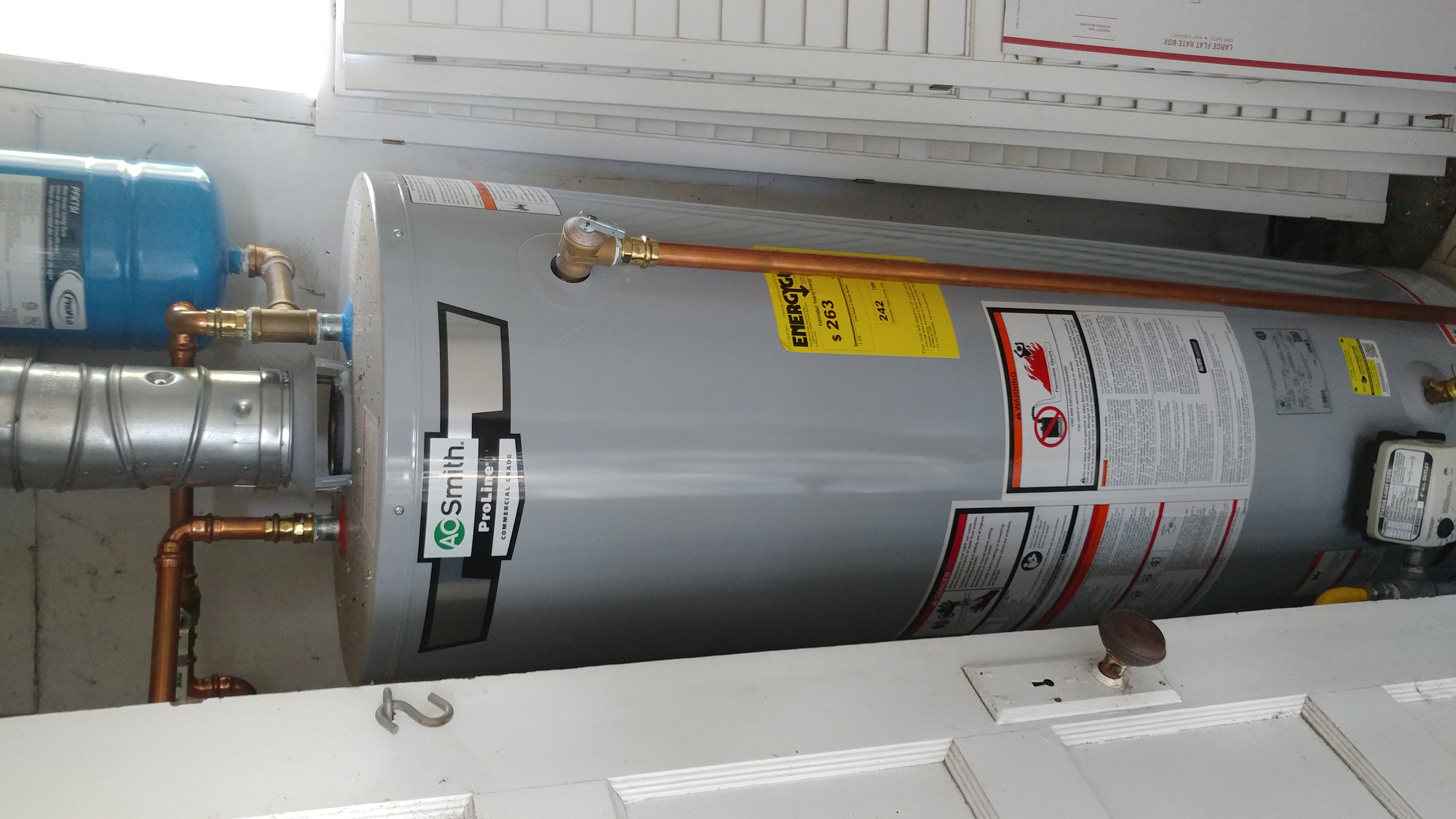


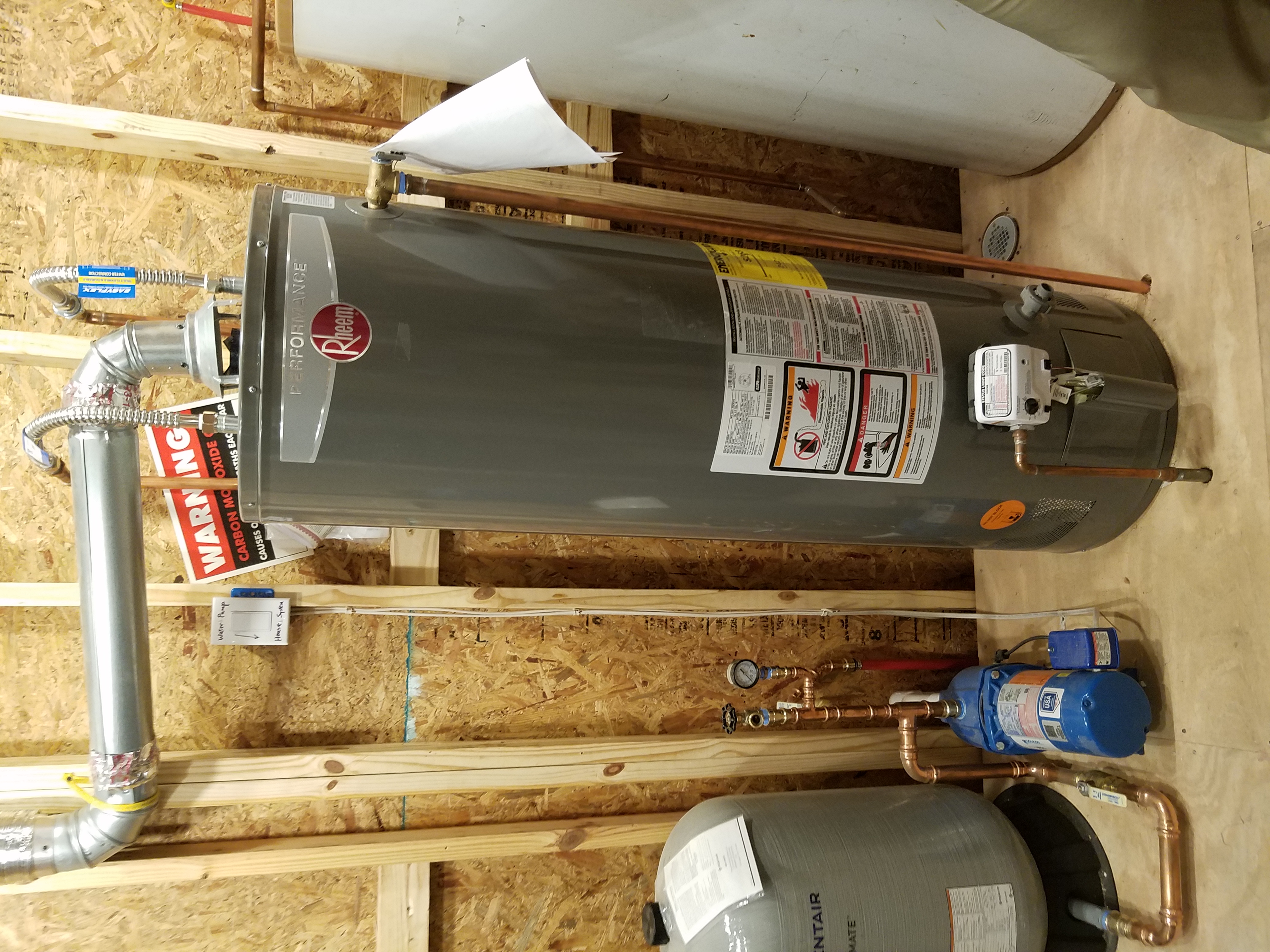
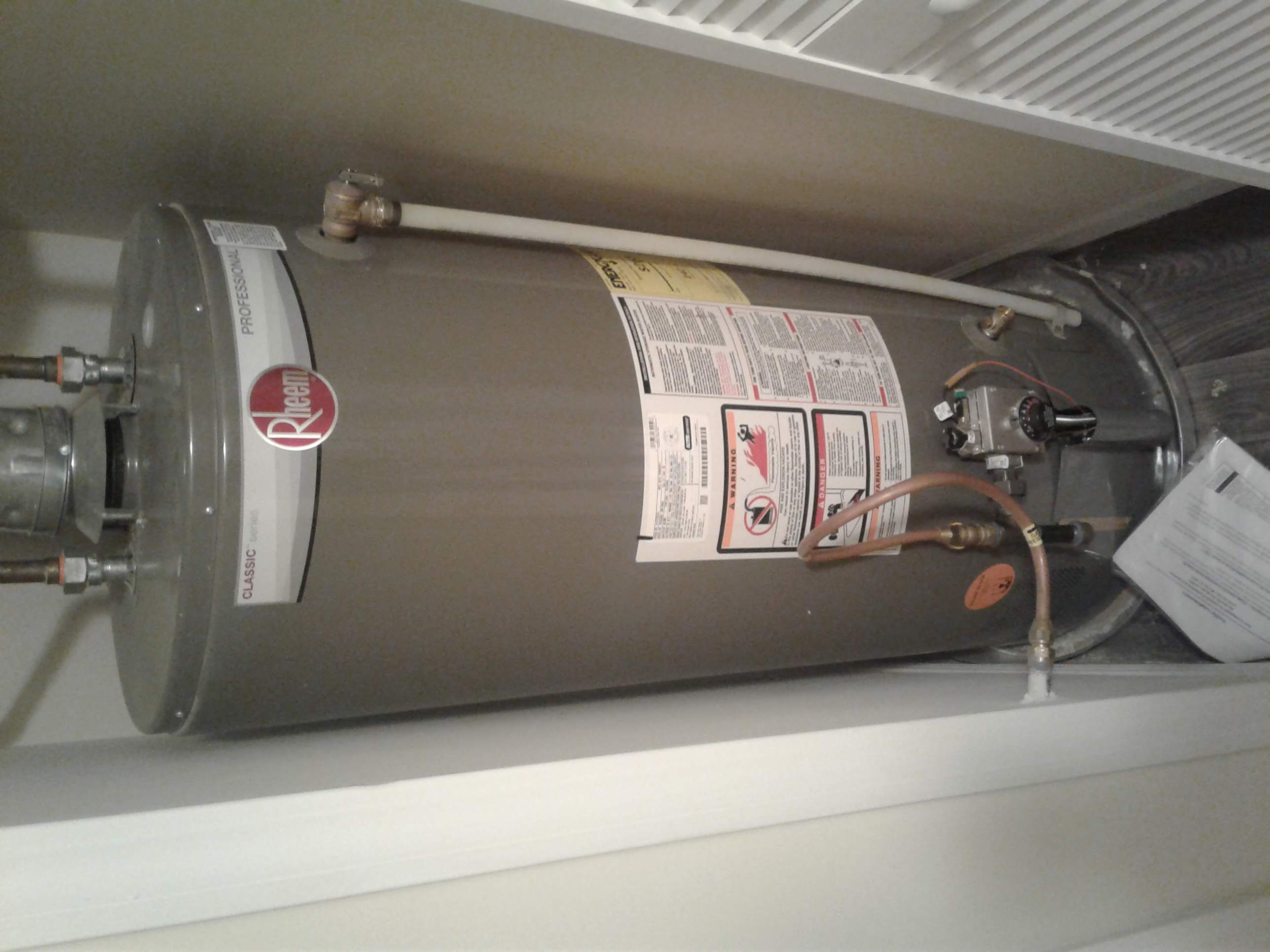

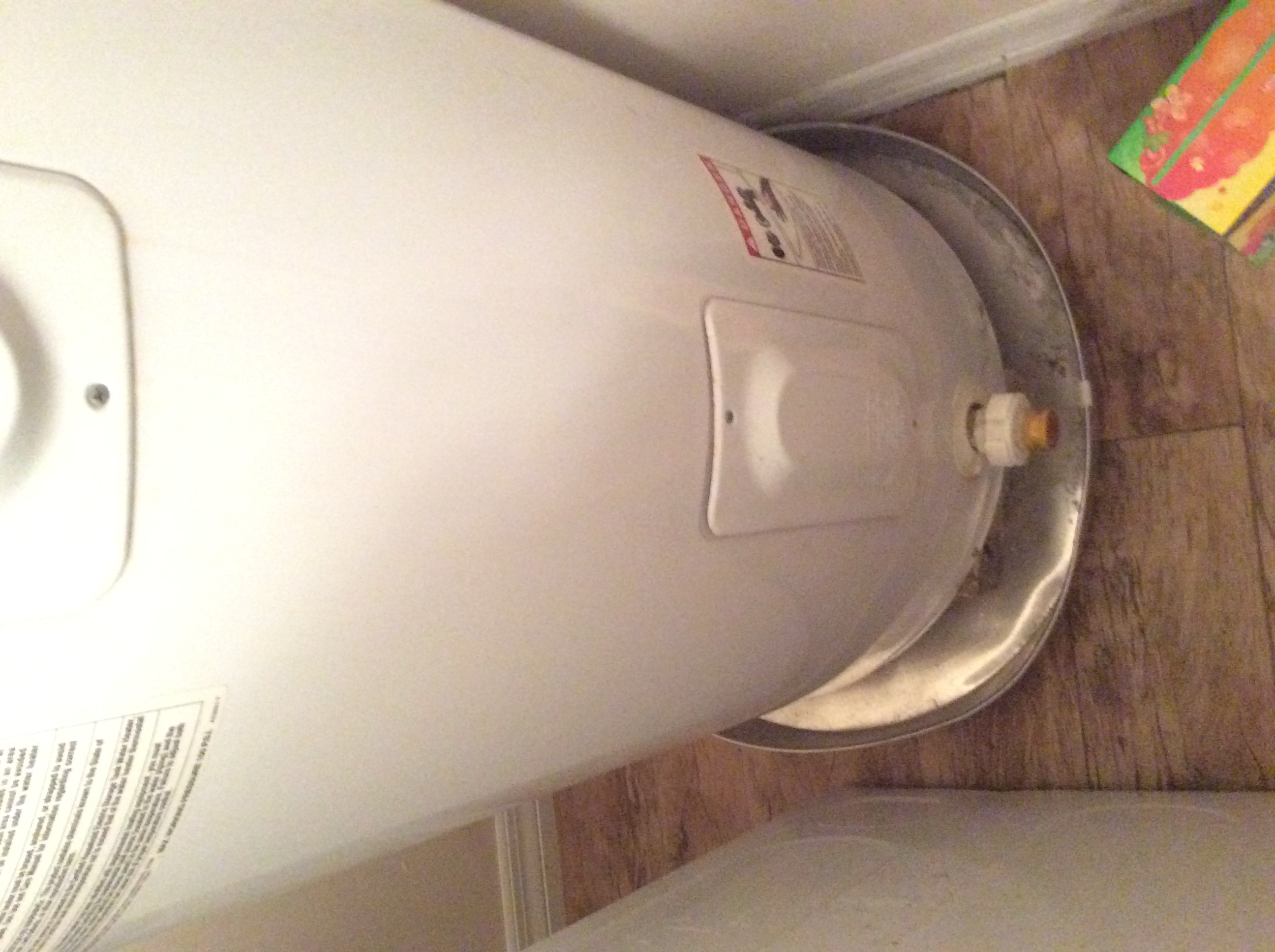




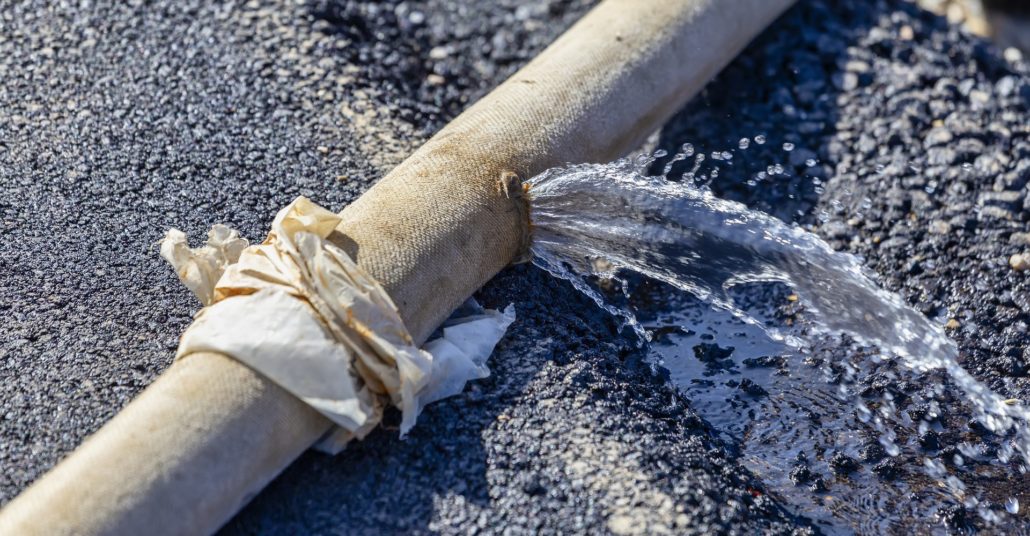



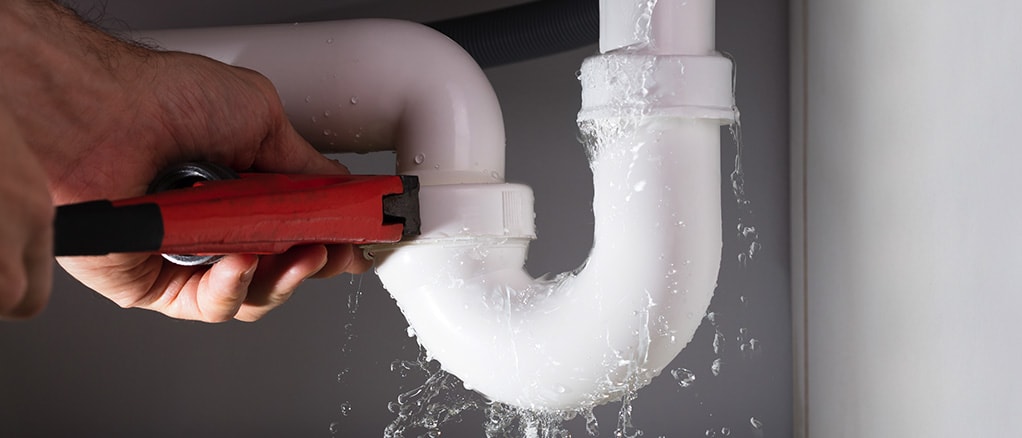

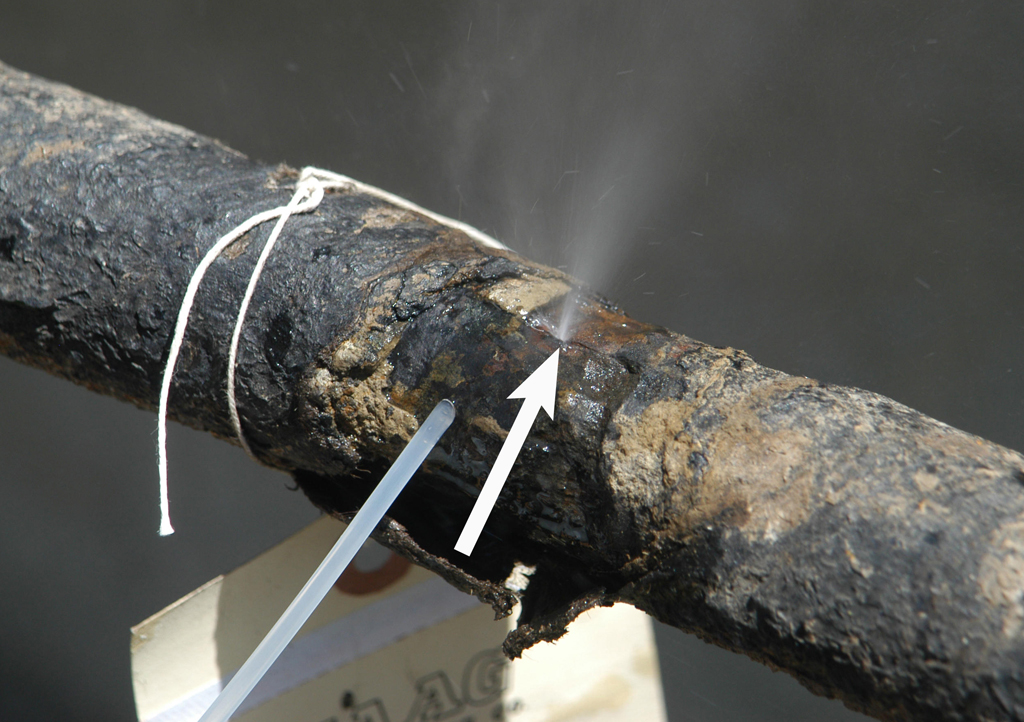
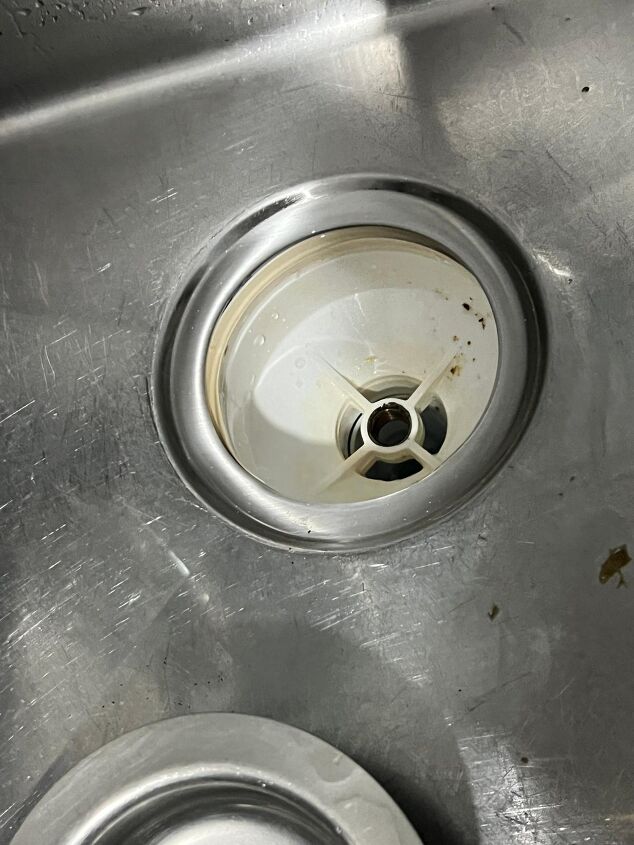




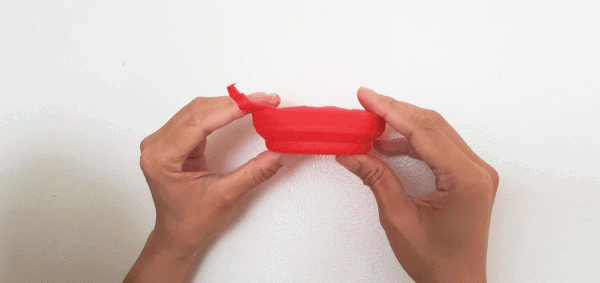


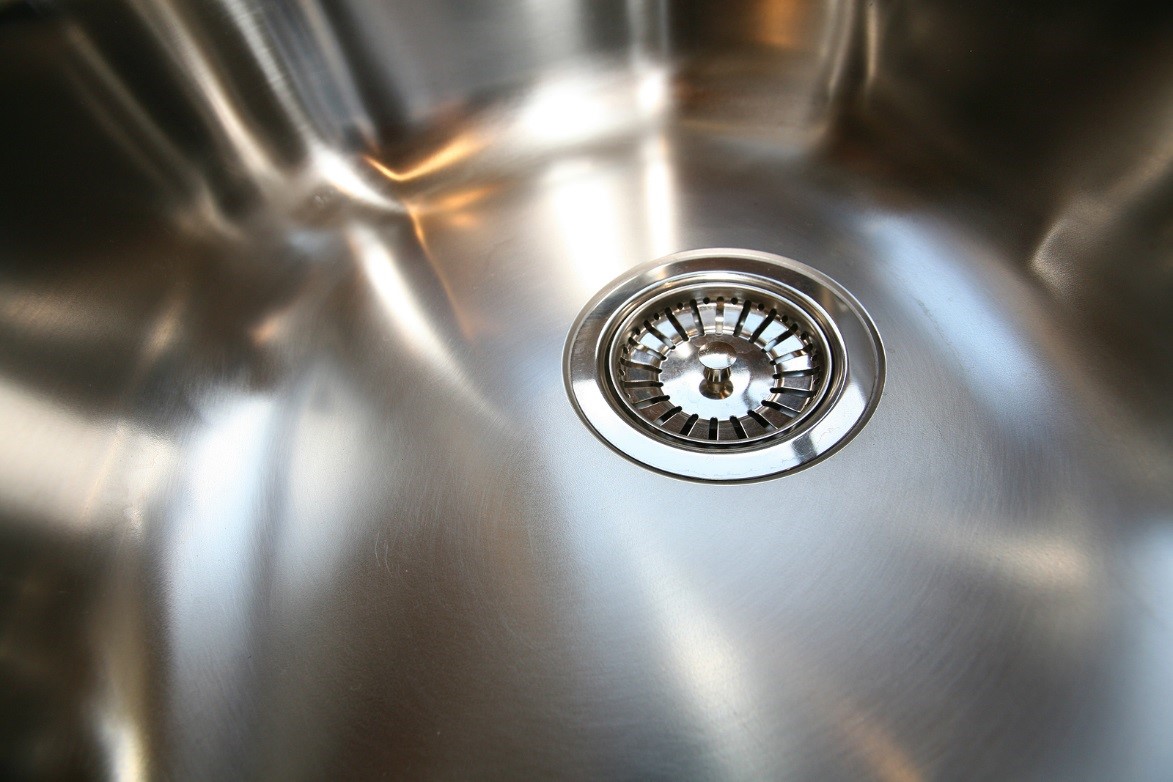
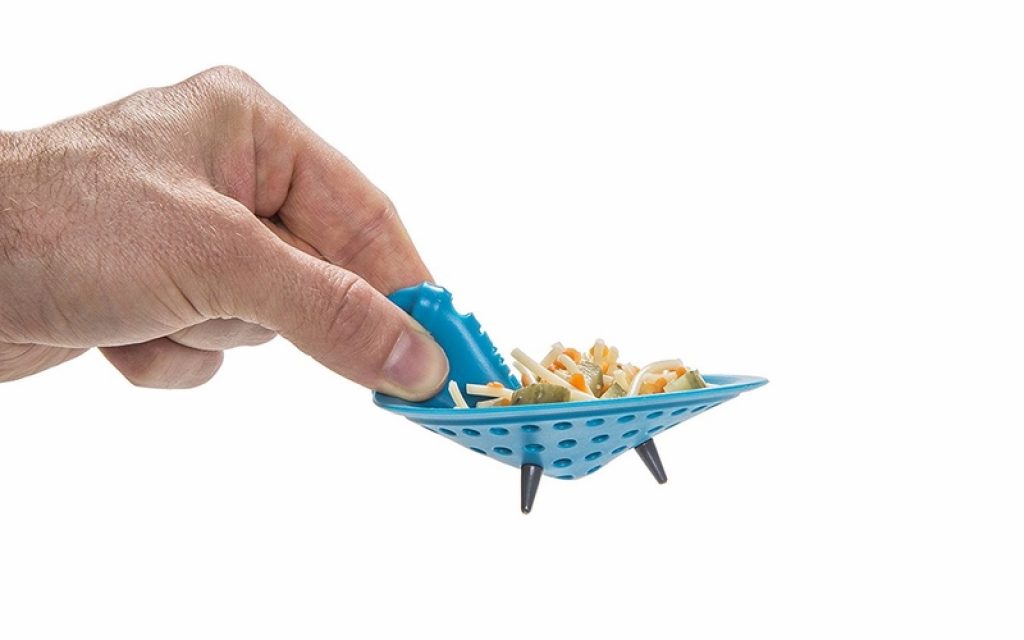





:max_bytes(150000):strip_icc()/testing-water-pressure-in-your-home-2718692-hero-98f45508ca5d44b6b551034ac5cedab5.jpg)



